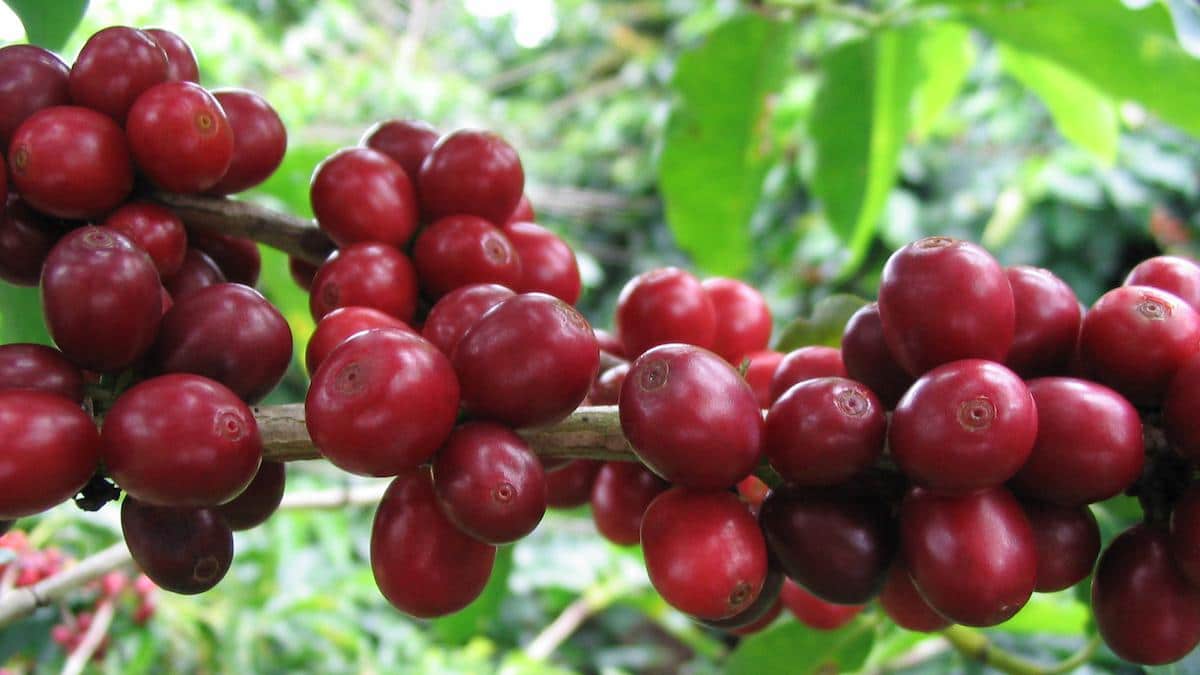

You might be paying more for your coffee beans this year, and the climate crisis is partly to blame.
IBISWorld has predicted that coffee prices could climb to $4.44 a kilogram this year, the highest price hike since 2014, The Guardian reported Thursday. The increase comes after a major coffee growing region in Brazil, which had already endured years of drought, suffered an unusual freeze that wiped out a third of the crop in July.
“Most farmers have never seen anything like it,” coffee merchant and Brazilian expat Andre Selga told The Guardian. “Frost in that area is normal but not at that intensity and not at that altitude. I’ve heard of farmers that lost everything. All the plants. They’re waiting now to see if some of them can recover. They’ve lost their whole livelihood.”
Most of the coffee consumed in the U.S. comes from the Arabica bean. This variety is especially vulnerable to climate change because it requires “goldilocks” conditions to grow, International Coffee Organization head of operations Mauricio Galindo told U.S. News & World Report.
“Arabicas are the ones at risk — they’re very delicate trees,” he said. “They depend on conditions that are not too warm, not too cold, not too wet, not too dry.”
Scientists have predicted that these conditions could disappear in nearly all of the places it grows in the wild (mostly Ethiopia, Uganda and Kenya) by 2080. Others have warned that coffee production might have to shift entirely to the Northern Hemisphere.
This year’s coffee price hike, therefore, could be a sign of things to come. Brazilian coffee farmers were already laboring under the country’s worst drought in nearly 100 years, as VICE reported in July. Since Brazil produces more than a third of the world’s coffee beans, climate conditions in the country make a huge difference to the overall crop.
“I’ve been growing coffee for more than 50 years, and I’ve never seen as bad a drought as the one last year and this year,” Christina Valle, who is a third-generation coffee grower in Brazil’s biggest coffee-growing state of Minas Gerais, told WSJ, as VICE reported.
Then came a blast of Antarctic air in July that brought frost to the coffee trees of Minas Gerais’ Cerrado Mineiro region, The Guardian reported.
This year’s price hike is also driven by supply chain issues related to the coronavirus pandemic.
“This is unprecedented,” Alexis Rubinstein, the managing editor of Coffee & Cocoa for commodities brokerage StoneX Group, told The AP. “It’s never been this perfect storm before. It’s usually just been a supply-and-demand scenario. We’ve never been dealing with a supply and demand issue on top of a logistics issue, on top of labor issues, on top of a global pandemic.”
U.S. consumers will likely face higher prices for coffee beans at the supermarket, since the bean contributes half of the cost of a bag of coffee. However, they may not see impacts in coffee shops, since beans only contribute about five percent of the cost of an ordered cup of coffee, Carlos Mera, who analyzes the coffee markets at Rabobank, told The AP.
Starbucks has already said it doesn’t think it will need to raise its prices, since has 14 months of supply saved up.
However, if this year’s price jump doesn’t raise the cost of your latte, that doesn’t mean your morning cup is safe going forward.
“Coffee is the canary in the coal mine for climate change,” Specialty Coffee Association of America executive director Ric Rhinehart told U.S. News & World Report. “If you can’t think about the long term risk for planetary impacts, think about the short term risk for your coffee. Know that a day without coffee is potentially around the corner.”

 233k
233k  41k
41k  Subscribe
Subscribe 